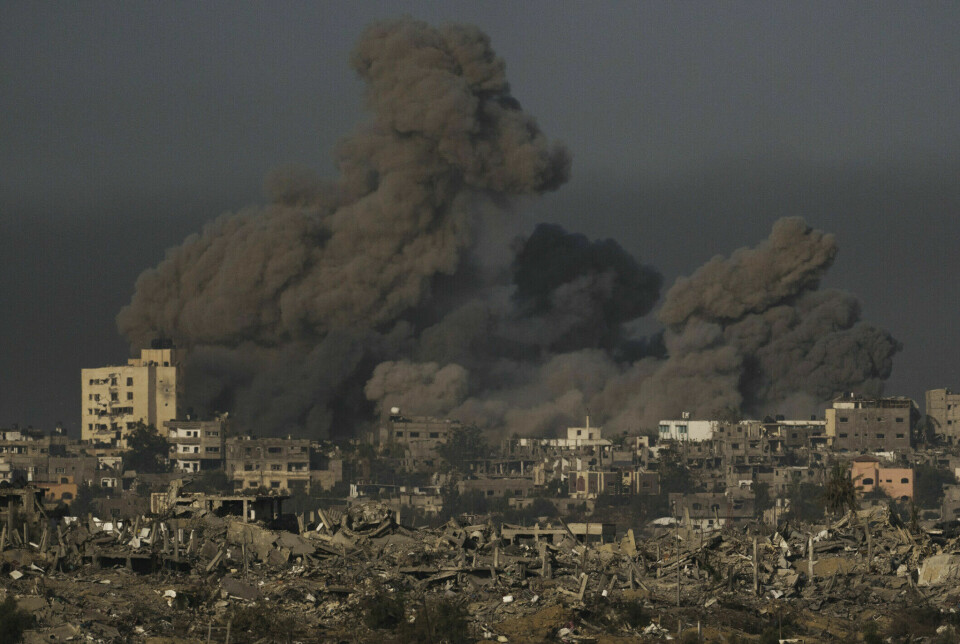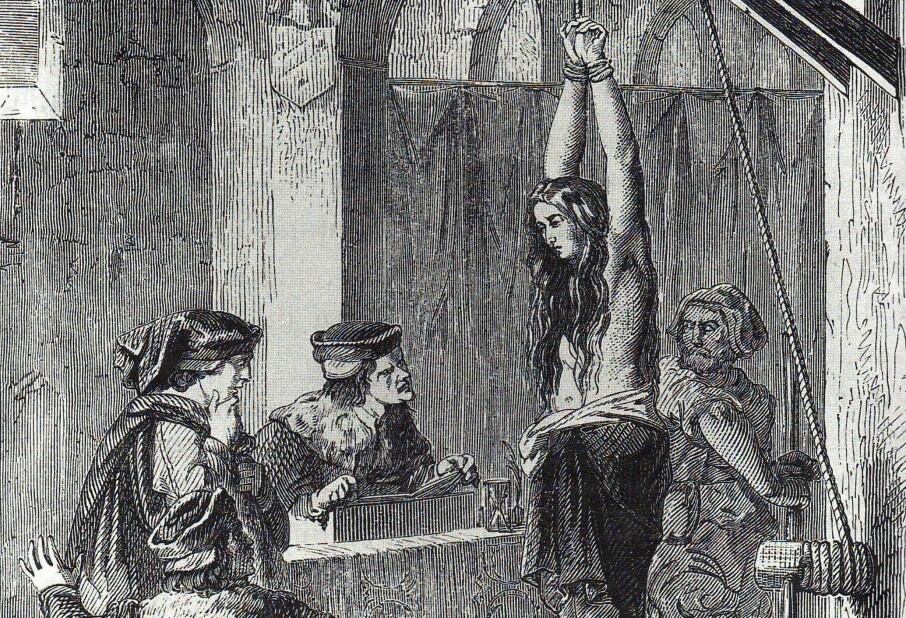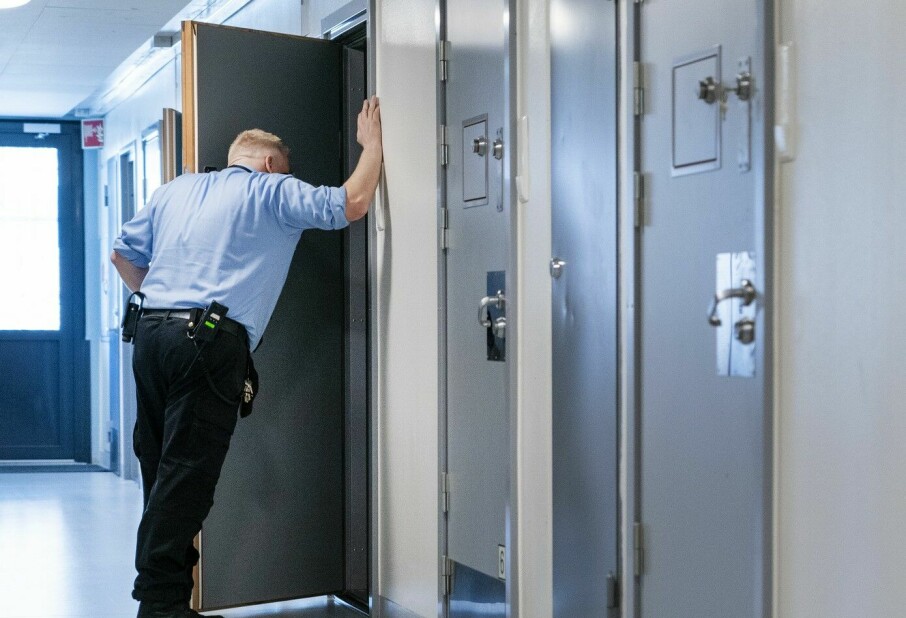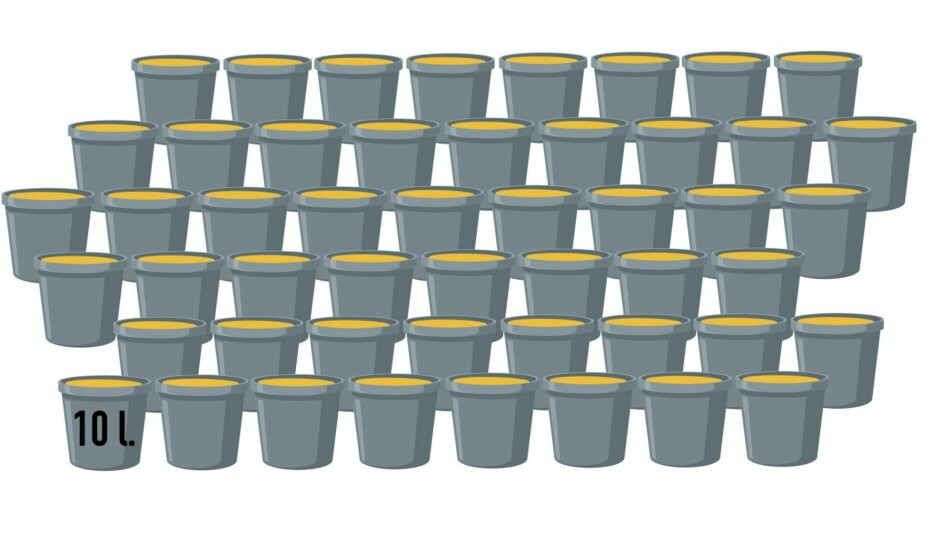
“The Israeli war on terror is as unsuccessful as the US war that followed 9/11”
“Do the Israelis believe peace is what will rise from the ashes in Gaza?” researcher Dag Tuastad asks.
“The Israeli war against Hamas is meant to be Israel's version of the US war against al-Qaeda. But the war and American politics after 9/11 were a total fiasco,” Dag Tuastad says.
He is a researcher in Middle Eastern Studies at the University of Oslo and author of the book Palestinske utfordringer (Palestinian challenges).
“The Americans ended up creating more of what they tried to eradicate, namely extremism and terrorist organisations,” he says.
According to Tuastad, the threats to the USA and Israel’s interests in the Middle East today are a result of the failed policy in the fight against al-Qaeda after September 11.
“It looks like the same misery will now be repeated in Palestine. Everything related to Hamas is to be excluded from Palestinian politics forever,” he says.

Conflict creates more religiosity
Tuastad explains that when there is conflict, religion often becomes more important for Palestinians.
“When there is more violence and death, people turn to mosques and think about the afterlife. This leads to increased religiosity,” he says.
However, religiosity does not necessarily influence views on violence.
“Many Palestinians believe that the diplomatic path has been a failure, and that the only thing that works against occupation is armed struggle,” he says. "In this regard, the views of Islamists and non-Islamists can be similar."
This is despite the Fatah party, central to the Palestinian self-governance, renouncing violence through the Oslo Accords, Tuastad points out.
Increased support for violent resistance
This is confirmed by Middle East researcher Kjersti Berg at Chr. Michelsen Institute (CMI). She is an expert on the Palestine-Israel conflict, Palestinian refugees, and international aid.
Berg says support for violent resistance has increased, and new militant groups have emerged, especially after the Palestinian uprising in 2000, known as the second intifada.
“Young people have grown up after the second intifada and the subsequent breakdown of negotiations, without any horizon for change,” Berg says. “Failed negotiations, Palestinian politics, international politics, and the occupation all contribute to a sense of hopelessness, which can help explain the increased support for the use of violence.”
Over half believe in armed struggle
Surveys among Palestinians show that most have lost faith in a peaceful solution.
Berg refers to the
Palestinian Center for Policy and Survey Research
(PCR), which conducted a survey among Palestinians in September this year. They asked the question ‘What is the best way to end the occupation and establish a Palestinian state?’
53 per cent answered armed struggle, 20 per cent answered negotiations, and 24 per cent peaceful popular resistance.
The responses were similar in both Gaza and the West Bank. Support for violent resistance increased by over ten per cent from the previous year.

Berg notes that the surveys don't correlate opinions with religiosity and suggests that it is important to consider developments over a longer time period.
Hamas 2.0
Berg agrees with Tuastad that Israel's fight against terrorists will be unsuccessful, like the US war on terror after 9/11.
“If Israel actually defeats Hamas militarily, Hamas 2.0 might emerge or other groups that use violent resistance,” she says.
“As long as the occupation continues, violent resistance will continue.”
Mixed together groups in the Middle East
What really happened in the Middle East after the US war on terror following 9/11?
“When the Americans entered Iraq, they primarily contributed to what has been called the ‘axis of evil’,” Tuastad says.
The axis of evil is a term used about Iran, Iraq, and North Korea by former US President George W. Bush.
“What the Americans did was mix together groups that had nothing to do with al-Qaeda, including Iraq and Iran,” he says.
According to Tuastad, Iran was actually an ideological enemy of al-Qaeda and had intelligence they were willing to give to the United States in 2002. But the Americans insisted that they were part of the enemy.
Axis of resistance
After the Americans entered Iraq, there was a response from Iran. They referred to it as the ‘axis of resistance’.
Iran thus strengthened its alliances with various groups that became a resistance bloc against the USA.
“This bloc grew as a result of what the Americans did, comprising alliances between Iran, Hezbollah, Syria, and various groups in Iraq and Yemen,” Tuastad says.
The terrorist group IS grew rapidly as a result of the war on terror.
Tuastad believes that this led to the US facing a more powerful and formidable enemy than al-Qaeda ever was.
“Now it seems Israel is doing the same. The Israelis aim to eliminate everything related to Hamas and are bombing hospitals and clinics where they believe Hamas is hiding. But where will those who share the beliefs of Hamas go? Do they think peace will rise from the ashes in Gaza?” he asks.
A divided Palestinian leadership
According to Tuastad, the Palestinians never had the opportunity to develop their own political path.
When the Palestinians held elections in 2006, Hamas won. But because they would not change their stance on recognising Israel, Western countries refused to acknowledge them as winners.
Instead, Fatah was declared the winners, and they are the ones who have been in power in the West Bank.
“The West refused to deal with Hamas. When Hamas took control in Gaza, there was a split in Palestinian leadership. With the losers, namely Fatah, in the West Bank and Hamas in Gaza,” Tuastad says.
Gaza then became subject to blockade and international boycott.
Could have controlled the violence
Most viewed
“Since Hamas and Gaza have not been part of the same political system, and because Western countries refuse to recognise the democratically elected parliament, Palestine has not had a unified political representation that can take control of all the armed factions of Palestinian militia groups,” Tuastad explains.
“If there had been a legitimate unified representation, it would have been possible to control the use of violence.”
Already in 2006, the Israelis arrested all the elected Hamas representatives in the West Bank.
Other ways to arrest terrorists
“What should Israel have done after the attack on October 7? What could the fight against terror have been?”
“It’s almost inevitable to try to remove the terror threat immediately after a terrorist attack, just as the US tried to eliminate al-Qaeda,” Tuastad says.
His point is that the way the Israelis are doing this now, by attacking Gaza, is counterproductive.
“By eliminating Hamas in Gaza, the technical problem is addressed, yet it raises the question if there were alternative ways to apprehend the terrorists without resorting to the destruction of Gaza,” Tuastad says.
Both a disaster and an opportunity
Tuastad believes this war is both an opportunity and a disaster for Palestinians.
“It’s a disaster in terms of short-term political opportunities for a Palestinian state. But an opportunity if it brings focus to a policy that has been wrong,” he says.
“This applies to both the Palestinian satiation and human rights and discrimination based on ethnicity in general. Perhaps people will recognise that this is something we can hardly live with and that everyone should have equal rights.”
No belief in a two-state solution
Tuastad thinks the chances of a two-state solution are more remote than ever.
“But one can question how realistic it has been since 1993,” he says. “The West Bank has effectively been annexed by Israel, where only the Jewish part of the population has democratic and full civil rights.”
In the surveys by PCR, about a third of Palestinians supported the two-state solution. Most, about 70 per cent, believed the two-state solution was no longer possible due to settlements.
———
Translated by Alette Bjordal Gjellesvik
Read the Norwegian version of this article on forskning.no

































